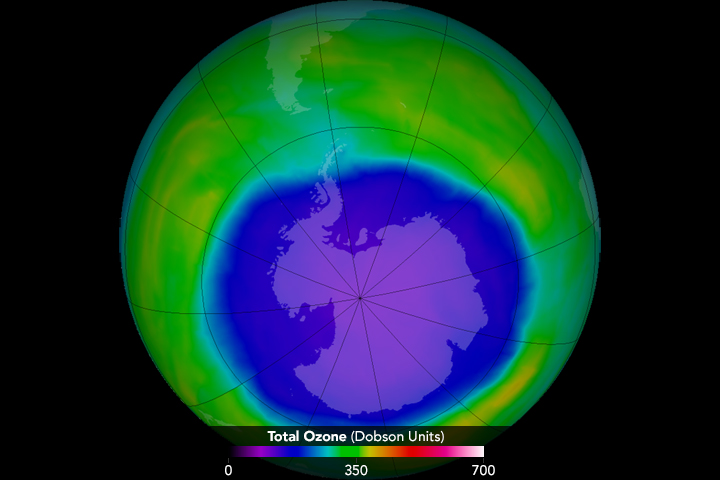- 11 Historic Wildfires That Changed Fire Management Data Reveals - October 4, 2025
- The 1883 Krakatoa Event And Its Global Weather Effects Records Show - October 2, 2025
- How Scientists Use Climate Models To Forecast The Future - October 2, 2025
A Hole Opens Above Antarctica
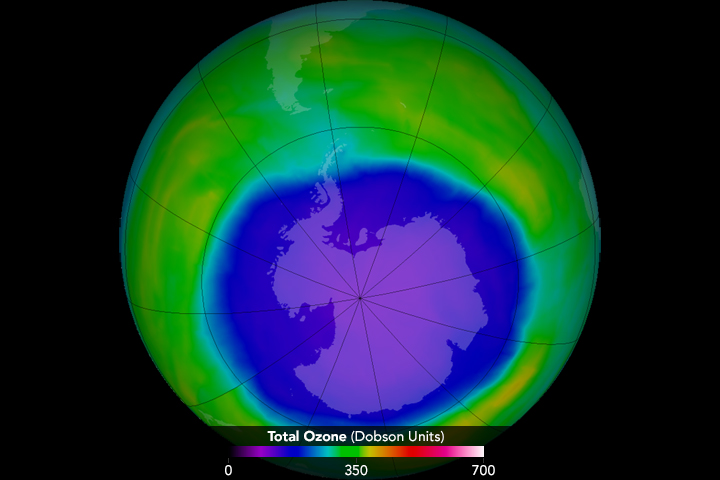
Back in the 1980s, scientists made a shocking discovery: a massive hole had formed in the ozone layer above Antarctica. This protective layer, sitting high in the Earth’s stratosphere, shields us from the Sun’s harmful ultraviolet (UV) radiation. Without it, humans and animals would face higher rates of skin cancer, eye cataracts, and crop damage. Researchers traced the cause to chlorofluorocarbons (CFCs)—chemicals found in everyday products like aerosol sprays and old refrigerators. The alarm was global, sparking fear and urgency. The ozone hole was so large that, at its peak, it covered an area larger than North America. By 1987, the world knew it was time to act.
The Montreal Protocol: Uniting the World
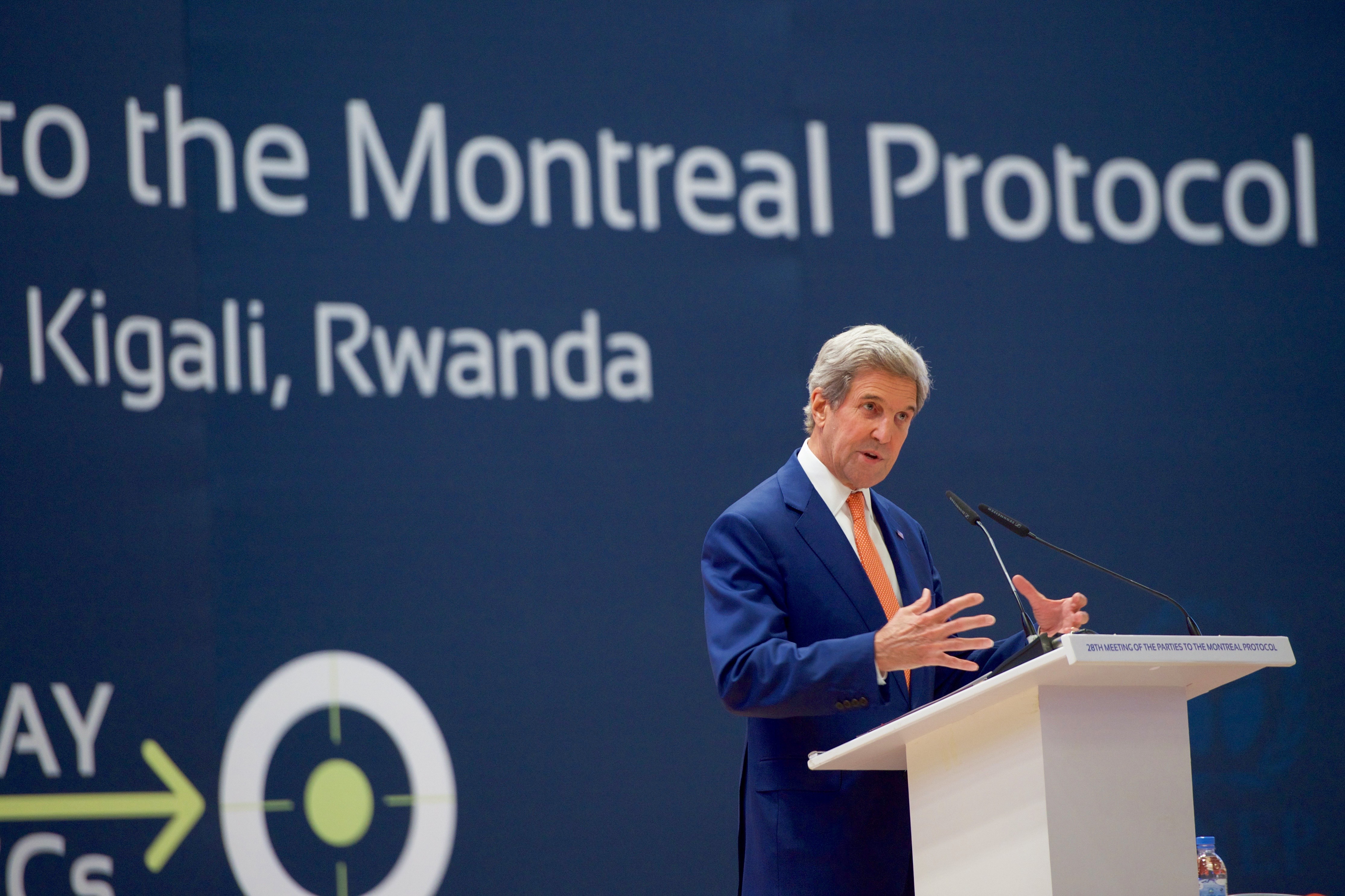
The Montreal Protocol, signed in 1987, stands as a rare example of worldwide cooperation on an environmental crisis. Every United Nations member joined, agreeing to phase out ozone-depleting substances like CFCs and halons. This treaty is often called the most successful environmental agreement in history. By 1996, most developed countries had already eliminated 99% of their CFC production. According to the United Nations Environment Programme (UNEP), over 99% of ozone-depleting chemicals have now been phased out globally. The Protocol’s simple but strict rules made enforcement easier, and the world saw rapid results. Scientists credit this agreement as the turning point in the ozone’s recovery.
Ozone Layer Healing: Evidence and Trends
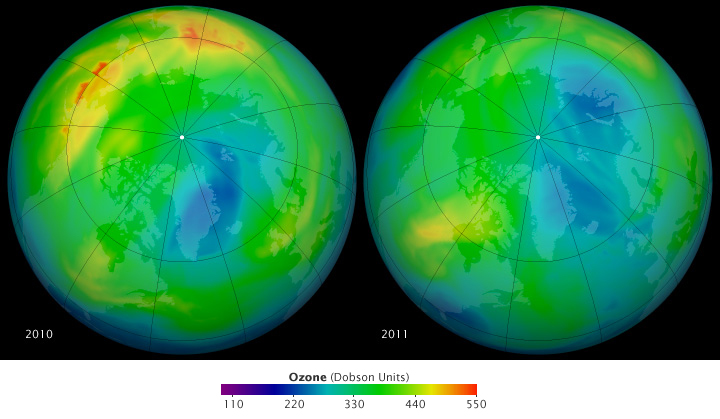
Since the late 1990s, scientists have tracked a slow but steady healing of the ozone layer. NASA and the World Meteorological Organization (WMO) reported in 2023 that the Antarctic ozone hole has shrunk significantly compared to its peak in the early 2000s. In 2022, the average size of the ozone hole was about 23.2 million square kilometers, almost 1.5 million square kilometers smaller than the previous decade’s average. The WMO states that at the current rate, the ozone layer is expected to return to 1980 levels by around 2066 over Antarctica, 2045 over the Arctic, and 2040 for the rest of the world. These estimates are based on decades of satellite data and atmospheric measurements. The healing trend is now widely recognized as a scientific fact.
Why the Ozone Matters to Everyday Life

The importance of the ozone layer isn’t just academic; it affects our daily lives in tangible ways. Without this shield, UV radiation would reach dangerous levels, increasing the risk of skin cancer, cataracts, and weakened immune systems in humans. The United States Environmental Protection Agency (EPA) estimates that the Montreal Protocol will prevent over 2 million cases of skin cancer each year by 2030. Plants and animals would also suffer, with crops and marine life especially sensitive to UV damage. Farmers depend on the ozone layer to protect their yields, and healthy phytoplankton in oceans rely on filtered sunlight to survive. The ozone’s recovery has real health and economic benefits for people all over the world.
Unexpected Challenges: Climate Change and Volcanic Eruptions
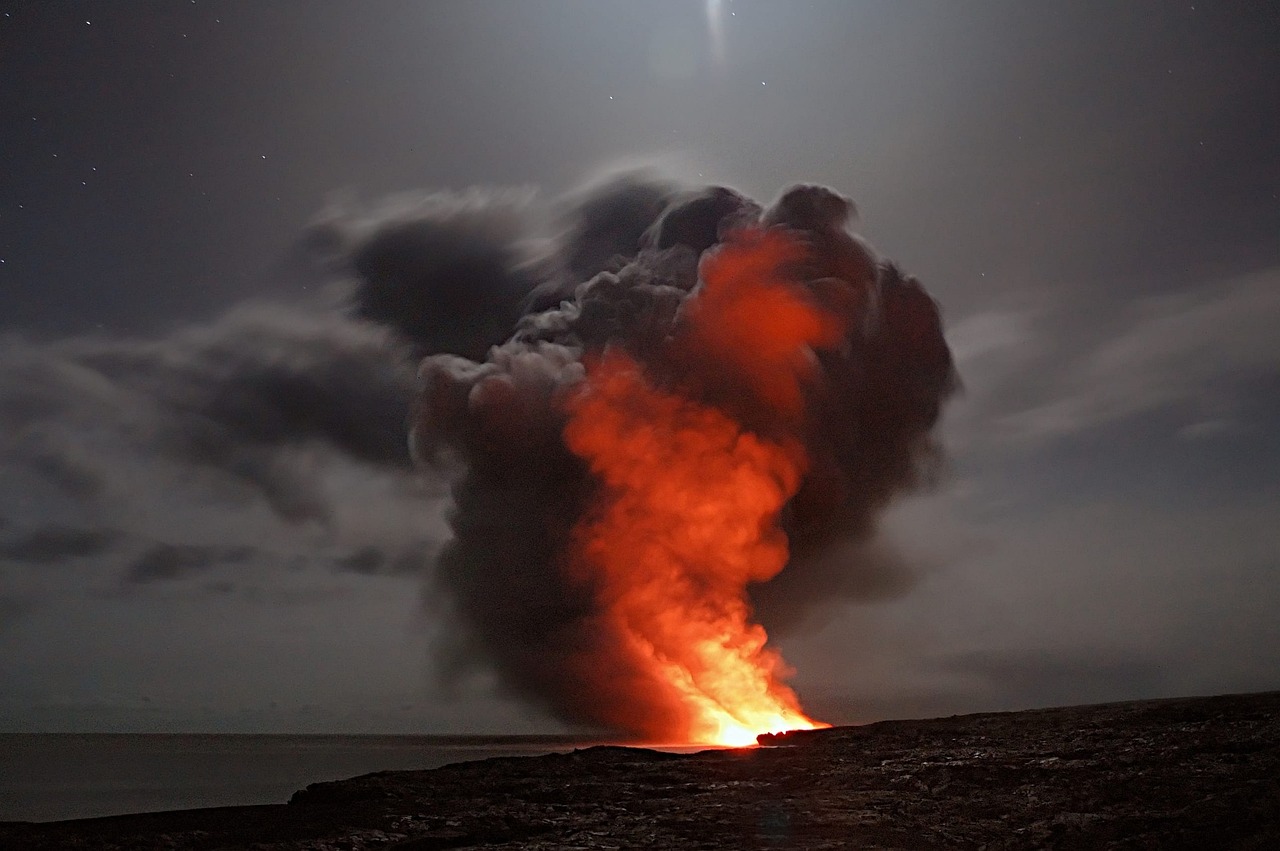
Even as the ozone heals, new threats have emerged. Climate change alters wind patterns and temperatures in the upper atmosphere, which can influence how quickly the ozone layer repairs itself. For example, unusually cold stratospheric temperatures can temporarily worsen the Antarctic ozone hole, as seen in 2020. Volcanic eruptions can also inject particles into the atmosphere, providing surfaces for chemical reactions that destroy ozone. The 2022 eruption of the Hunga Tonga volcano, for instance, sent plumes high into the stratosphere, raising concerns about a temporary setback. However, current research from NASA and NOAA shows these events have not derailed the overall recovery trend.
Illegal Emissions: The 2018 CFC-11 Mystery
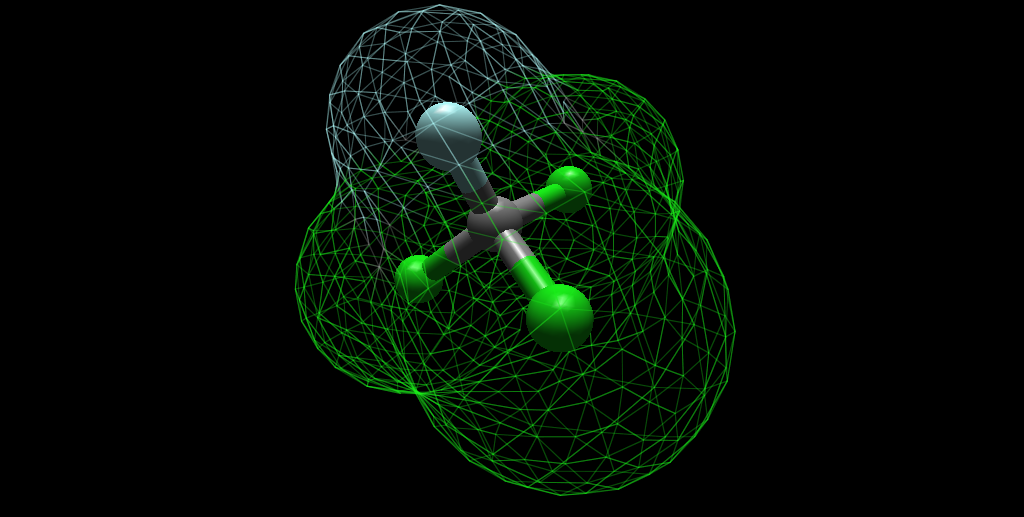
In 2018, scientists detected a mysterious rise in emissions of CFC-11, a banned ozone-depleting chemical. This discovery shocked the scientific community since CFC-11 production was supposed to have ended years earlier. Investigations traced much of the new emissions to factories in eastern China. International pressure and enforcement led to a rapid clampdown, and by 2021, emissions had dropped again, as reported by the journal Nature. This episode proved how ongoing monitoring and swift international response are vital for protecting the ozone layer. It also showed that global agreements like the Montreal Protocol can adapt to new challenges.
HFCs: The Next Battle
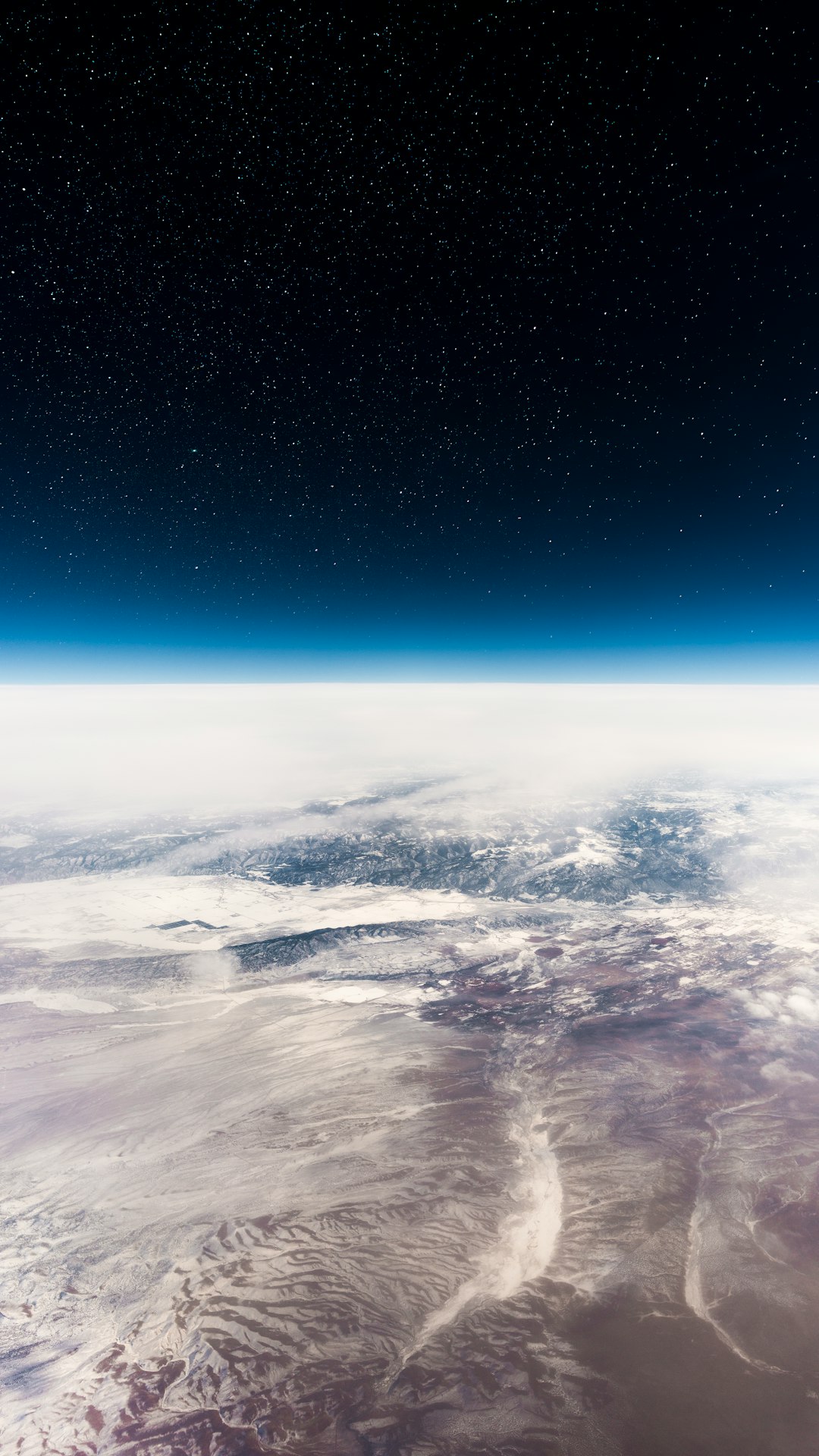
While CFCs have mostly disappeared, their replacements—hydrofluorocarbons (HFCs)—present a new dilemma. HFCs don’t harm the ozone, but they are powerful greenhouse gases, heating the planet far faster than carbon dioxide. In response, the 2016 Kigali Amendment to the Montreal Protocol aims to phase down HFCs worldwide. According to the UN, this could prevent up to 0.4°C of global warming by the end of the century. More than 150 countries have ratified the amendment, and progress is underway. This shift shows how lessons learned from the ozone crisis are now shaping the fight against climate change.
Satellite Eyes: How We Watch the Ozone
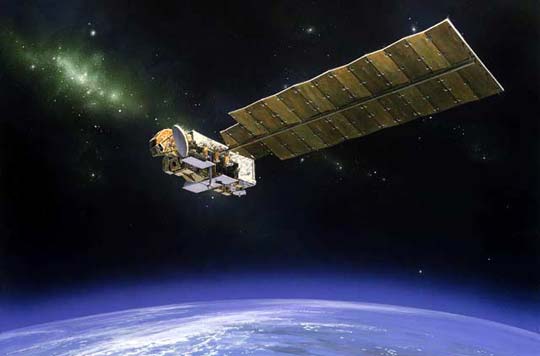
Modern science relies on a fleet of satellites to monitor the ozone layer daily. NASA’s Aura satellite, launched in 2004, and the European Copernicus program provide detailed maps of ozone concentrations across the globe. These satellites use special instruments to measure how much UV light passes through the atmosphere, giving real-time data on ozone health. In 2024, new satellite missions are expanding coverage, allowing researchers to spot sudden changes or illegal emissions quickly. This technology gives governments and scientists the tools to react fast and keep the ozone recovery on track. The precision of these measurements leaves little room for guesswork.
Public Awareness and Policy: The Power of People
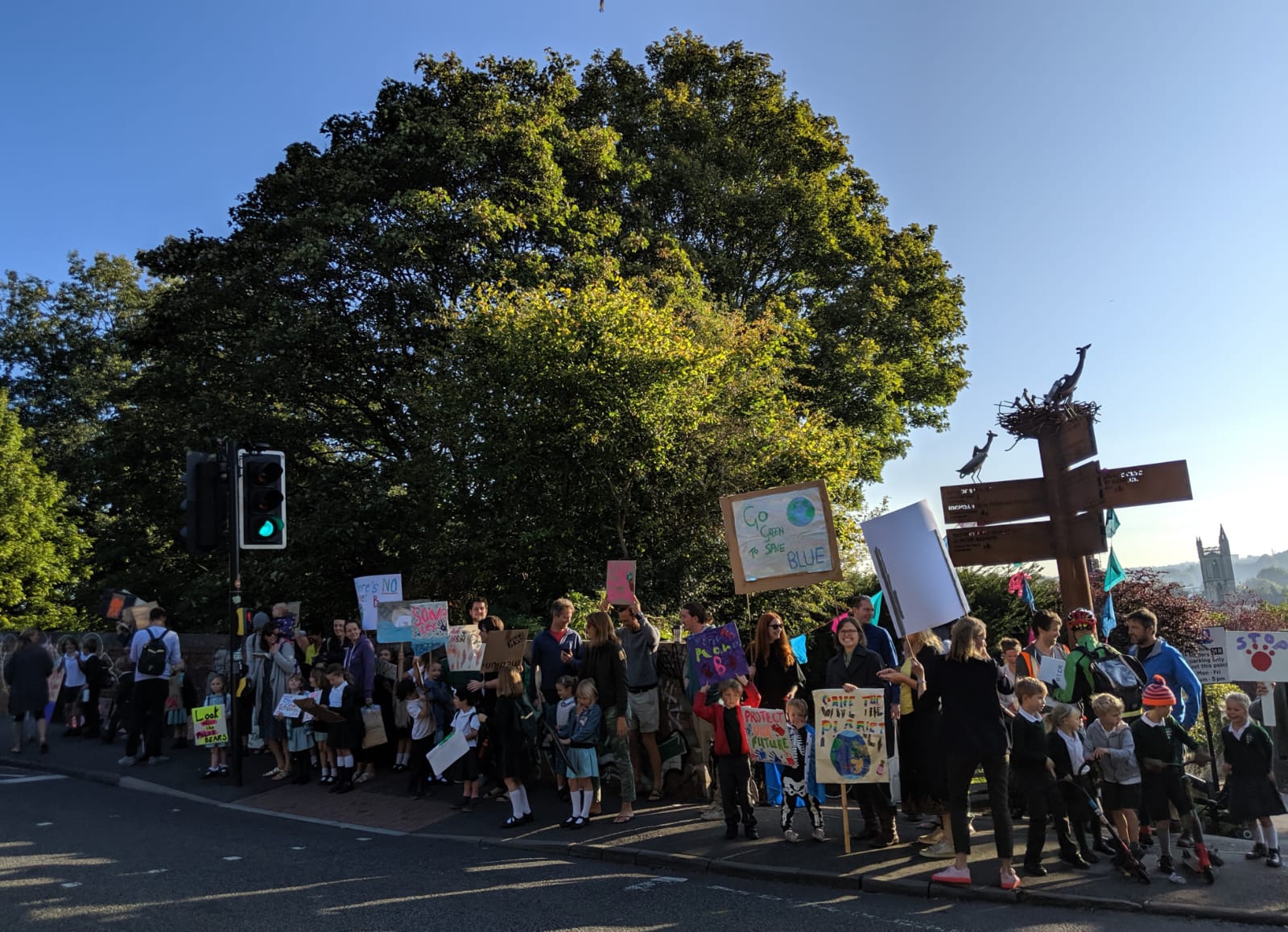
The ozone story is also about the power of public awareness and grassroots action. Television campaigns, school lessons, and warning labels made the “ozone hole” a household phrase in the 1990s. This wave of concern pushed politicians to act faster and businesses to find safer alternatives. Public pressure remains important—recent polls by the Pew Research Center show 82% of people worldwide support strong action to protect the environment. The lesson is clear: when science, policy, and public support align, real change is possible. The fight for the ozone has become a model for other environmental battles.
Hope in a Troubled Climate World

The recovery of the ozone layer stands out as a rare climate success story amid so many environmental setbacks. It shows that international cooperation, strong science, and public engagement can actually turn back the clock on some of the planet’s biggest problems. The world’s ability to come together and fix the ozone hole offers hope for tackling challenges like climate change and pollution. As the latest United Nations Environment Programme report put it in 2024, “The healing of the ozone layer is proof that humanity can solve global environmental crises.” The ozone’s comeback is tangible proof that solutions are possible when everyone works together.

